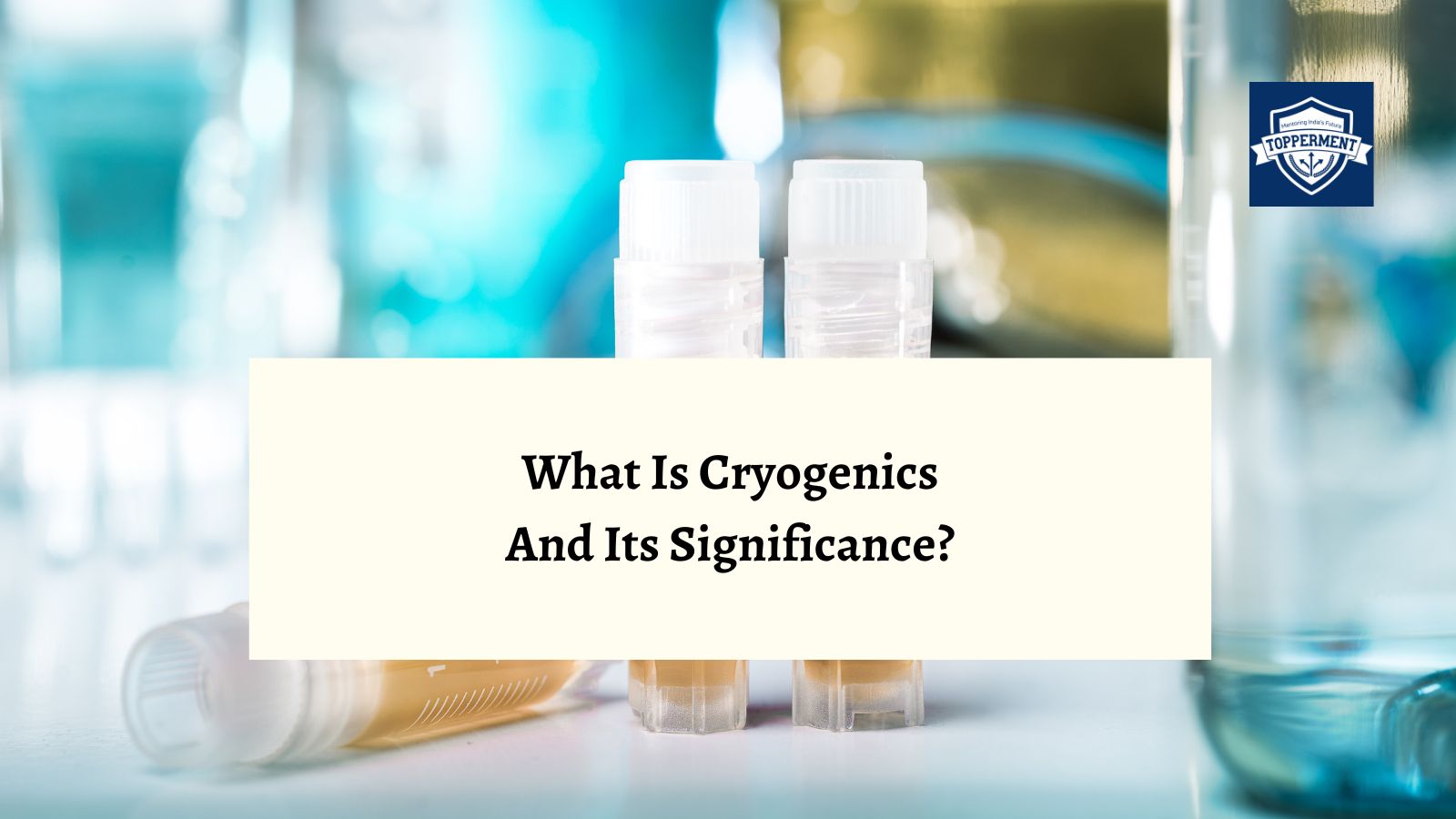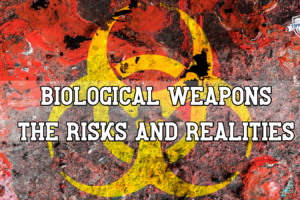
Cryogenics: The Science of Extreme Cold | UPSC Science And Technology
Cryogenics is a branch of science that studies the production and effects of very low temperatures, usually below -150°C. Cryogenics has many applications in various fields, such as physics, chemistry, engineering, and medicine. In this article, we will explore what cryogenics is, how it works, and why it is important.
What is Cryogenics?
The word cryogenics comes from the Greek words “kryos” meaning cold and “genes” meaning born. Cryogenics is the science of creating and using extremely cold conditions to study the behavior of matter. Matter is anything that has mass and takes up space, such as atoms, molecules, solids, liquids, and gases.
When matter is cooled down to very low temperatures, it can exhibit some unusual properties that are not observed at normal temperatures. For example, some materials can become superconductors, which means they can conduct electricity without any resistance or loss of energy. Some gases can become liquids or solids, such as oxygen and nitrogen. Some liquids can become superfluids, which means they can flow without any friction or viscosity.
Cryogenics is not the same as cryonics, which is the practice of preserving human bodies or organs at low temperatures in the hope of reviving them in the future. Cryonics is not a scientific field, but rather a speculative and controversial idea that has not been proven to work.
How does Cryogenics work?
To achieve cryogenic temperatures, special equipment and techniques are needed. One of the most common methods is to use cryogenic substances, which are materials that have very low boiling points. Boiling point is the temperature at which a liquid turns into a gas. For example, water boils at 100°C, but liquid nitrogen boils at -196°C.
By applying pressure and removing heat from a cryogenic substance, it can be converted from a gas to a liquid or from a liquid to a solid. This process releases a lot of cold energy that can be used to cool down other materials or devices. Some of the most widely used cryogenic substances are liquid nitrogen, liquid helium, liquid hydrogen, and liquid oxygen.
Another method is to use cryogenic refrigerators, which are devices that use mechanical or electrical means to produce cold temperatures. There are different types of cryogenic refrigerators, such as Stirling cycle refrigerators, Gifford-McMahon refrigerators, Joule-Thomson refrigerators, and pulse tube refrigerators. These devices can reach temperatures as low as -273°C, which is close to absolute zero.
Absolute zero is the lowest possible temperature that matter can reach. It is equal to -273.15°C or 0 kelvin (K). At this temperature, all molecular motion stops and matter has no thermal energy. However, absolute zero cannot be achieved in practice because of quantum effects that prevent matter from reaching a state of zero energy.
Why is Cryogenics important?
Cryogenics has many practical applications in various fields of science and technology. Some of the examples are:
- In medicine, cryogenics is used to preserve biological samples such as blood, organs, tissues, cells, sperm, and embryos for future use or research. Cryogenics can also be used to treat certain diseases or conditions by freezing or destroying abnormal cells or tissues with extreme cold.
- In engineering, cryogenics is used to test the performance and durability of materials and equipment at low temperatures. Cryogenics can also be used to improve the efficiency and speed of electrical devices such as computers and superconductors.
- In space exploration, cryogenics is used to power rockets and spacecraft with liquid fuels such as liquid hydrogen and liquid oxygen. Cryogenics can also be used to store food and water for long-term missions or to cool down sensitive instruments and sensors.
- In physics and chemistry, cryogenics is used to study the fundamental properties of matter at low temperatures. Cryogenics can also be used to create exotic states of matter such as Bose-Einstein condensates and quantum fluids.
Cryogenics is a fascinating and important field of science that deals with the behavior of matter at extremely low temperatures. It has many applications in various domains such as medicine, engineering, and space exploration. By understanding how matter behaves at low temperatures, we can discover new phenomena and develop new technologies that can benefit humanity.
Also Read
- Uniform Civil Code in India: A Step Towards Equality and Harmony | UPSC Polity
- The Devastating Impact of Deforestation: What You Need to Know| UPSC Environment
Follow Us For More Content On:
https://www.instagram.com/topperment/



